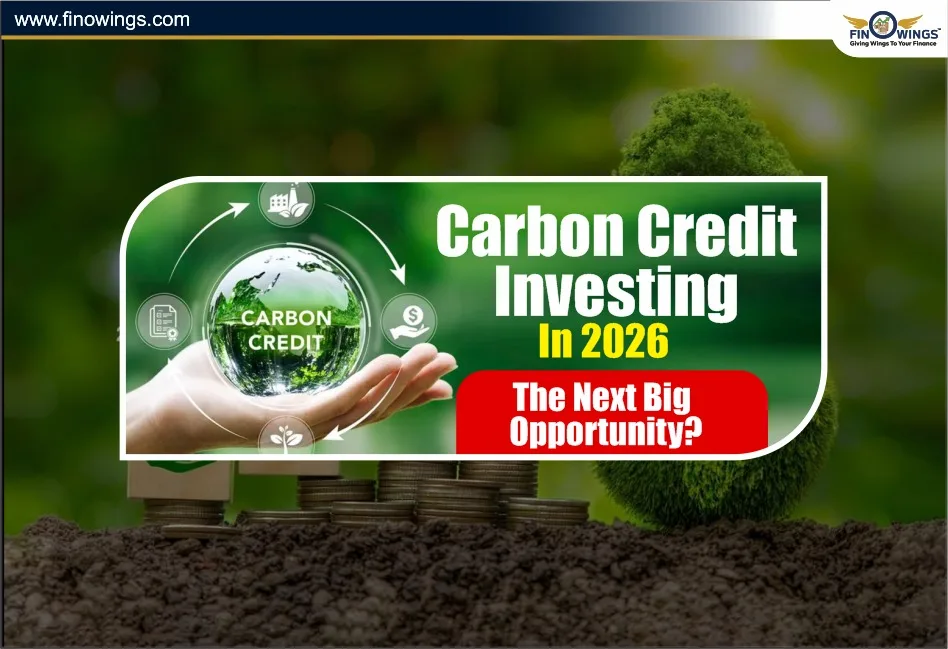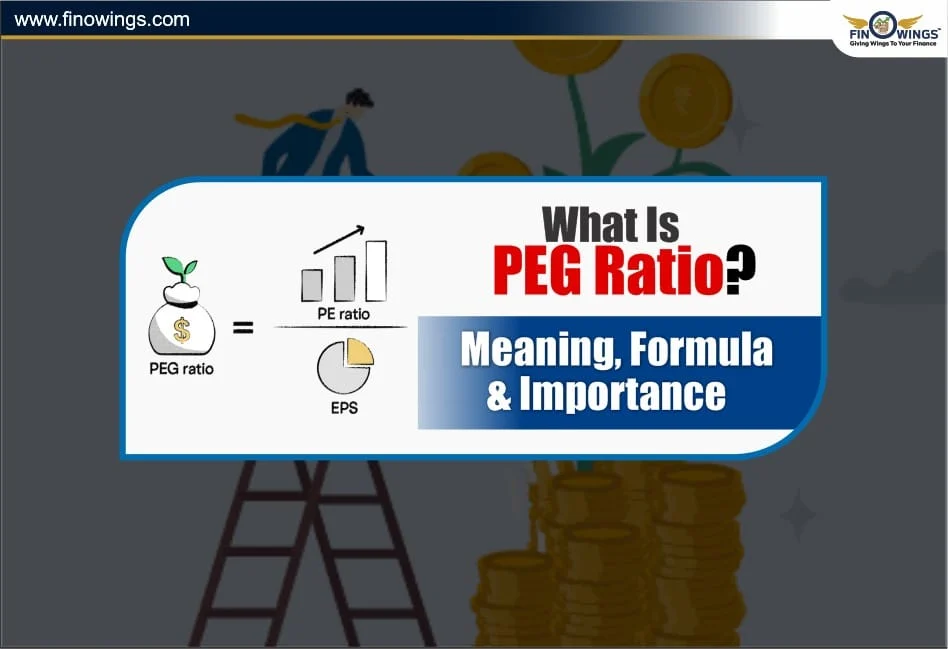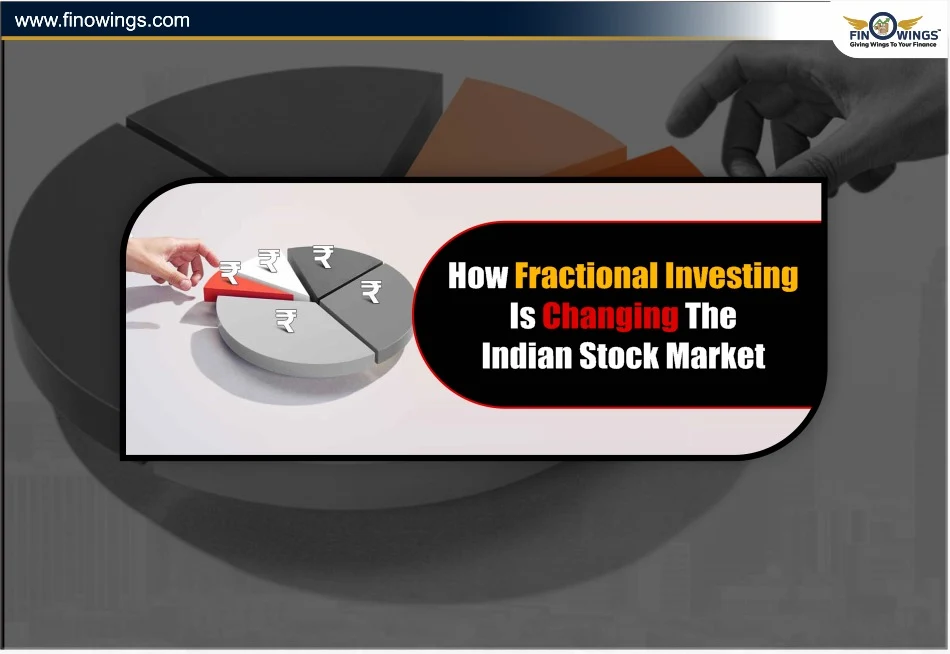Home >> Blog >> Carbon Credit Investing in 2026: The Next Big Opportunity?
Carbon Credit Investing in 2026: The Next Big Opportunity?

Table of Contents
- What Are Carbon Credits?
- Carbon Credits Investment 2026
- How Carbon Credits Work for Investors
- Significant Prospects for Carbon Credits in 2026
- Expected Returns: How Much Money Will Carbon Credit Investors Make?
- Risks and Challenges in Carbon Credit Investing
- Is It Wise to Invest in Carbon Credits in 2026?
- Conclusion
Due to a surge in investments in cleaner technologies and stricter climate regulations, carbon credit investing is shaping up to be one of the most enticing investment opportunities of 2026. Investors will benefit from the quick, exponential growth of the carbon investing sector, driven by institutional investors, corporations, and governments' net-zero commitments.
Carbon credits are permits allowing the holder to emit one ton of carbon dioxide. The system of buying and selling carbon credits permits a flexible, economically efficient method of self-regulation. A company that does not exceed its regulatory carbon emissions may sell its carbon credits and if it exceeds its regulatory emissions and does not buy carbon credits will be in breach of the rule.
The system of buying and selling carbon credits creates a compelling reason to invest in a self-funding pollution reduction technology. This blog will answer your questions about carbon credit investing in 2026 and the potential earnings, market expectations, and risks.
What Are Carbon Credits?
In an attempt to regulate and reduce greenhouse gas emissions, the carbon credits system was implemented. One ton of greenhouse gas emissions is allotted for each carbon credit, which is a trading certificate.
The dirtier polluting industries, like Mining and Oil, are the ones in debt and have to buy the credits and the Clean industry sectors, like Wind and Solar, are the ones profiting from selling unused credits. The increasing value of Carbon Credits can be a profitable investment as the World becomes more regulated.
Carbon Credits Investment 2026
Below are some reasons that make the significant for carbon credits investment in 2026.
1. Net Zero Deadlines Are Here
New, stringent deadlines for climate goals have been established by nations and corporations worldwide. 2030 and 2045 are the new deadlines. They will inevitably need to purchase carbon credits if they want to achieve these objectives. Driving even higher demand.
2. The Formal Carbon Credit System Is Now Regulated
Numerous governments in Europe, the USA and Asia have enacted laws with strict regulations. India is now expected to implement a regulated carbon system under the Carbon Credit Trading Scheme (CCTS). Now, the formal system of carbon credit Trade will surely be active in 2026.
3. Corporate Adoption Is Overdue
More than 9,000+ public declarations of climate commitments have been made by large corporations. The high majority of them will not be able to find a way to reduce emissions quickly enough and will have to rely solely on the purchasing of carbon credits.
4. New Investment Products
Investors will have access to:
-
Carbon credit ETFs.
-
Tokenised carbon credits.
-
Voluntary carbon markets.
-
Green funds.
-
ESG portfolios.
This means that carbon credit investing has never been as accessible as now.
How Carbon Credits Work for Investors
Carbon credits can be bought and sold as:
-
Commodities.
-
Exchange traded.
-
Tokenised digital assets.
-
Futures contracts.
-
Investors profit when the price of carbon credits increases.
Example:
Currently, the credit prices hover at $40.
The price is expected to reach $65 by 2026 due to stricter carbon credit regulations.
As a result, anyone who purchased 100 credits will have received:
(65–40) x 100 = $2,500 profit.
This has made it easier for analysts to forecast robust profits on carbon credits between 2026 and 2030.
Significant Prospects for Carbon Credits in 2026
Carbon credits have a history of focusing on high-pollution industries, but now the market has opened to almost every sector.
1. Renewable Energy Projects
Solar, wind, and biofuels developers gain and trade green credits that might boost solar and green energy stocks.
2. Sustainable Agriculture
Carbon offsets are created by organic farming and soil restoration and several other methane capture projects.
3. Forestry & Reforestation
Sellable credits are created by large volumes of tree-planting initiatives each year.
4. Green Manufacturing
Innovation helps companies lower their emissions, and they get their emissions reductions credited.
5. Blockchain-Driven Carbon Markets
Through tokenised carbon credits, transparency is enhanced, and the chance of fraud is eliminated, which encourages more investors to participate in the protection of their investments.
These new dimensions certainly add value to carbon credit opportunities.
Expected Returns: How Much Money Will Carbon Credit Investors Make?
According to analysts:
The EU carbon market is likely to have an annual growth of 20-40%. By 2030, the expected size of the voluntary carbon market is around 100 billion dollars. The expected global average price of carbon credits is likely to surge from 35 dollars to 120 dollars.
This implies more potential profitability from carbon credits than gold, real estate, and other traditional market commodities. Having said that, investors must be aware of the fact that carbon markets are still in their early development stage likely to have high market fluctuation in the short term.
Risks and Challenges in Carbon Credit Investing
Prior to jumping into carbon credit investment, it is good to consider the following potential risks:
1. Regulatory Uncertainty
Rules regarding carbon credits are completely different in every country and they are subject to rapid changes.
2. Market Volatility
The price can commonly change due to:
- Policies enforced by the government.
- International agreements or treaties regarding climate.
- Corporate demand for carbon credits.
3. Quality of Credits
There are some carbon credits that are worth nothing. Some projects that aim to sell credits offer nothing of value and can be fraudulent by not having an actual record of the carbon that was removed from the atmosphere.
4. Liquidity Issues
There is a chance that voluntary carbon markets may have less liquidity than regulated ones.
Positive predictions extend from here.
Is It Wise to Invest in Carbon Credits in 2026?
Yes - especially for sustainability-aligned, long-term investors-carbon credits might be hugely beneficial.
Carbon Credits Are Perfect If
-
You want to diversify your portfolio.
-
You want to invest in something climate-positive.
-
You anticipate more robust public regulation.
-
You want to invest in high-return alternative assets.
Carbon Credits Are NOT Ideal If
-
You want to have your returns in the short term.
-
You want to mitigate overall market risk.
-
You have no interest in tracking regulation.
Investing in carbon credits is likely to be one of the best opportunities of the 2020s.
Conclusion
The globe is transitioning to a low-carbon ecosystem thanks to carbon credits. It is leading this evolution. Despite the risks, investing in carbon credits in 2026 is a high-potential, quickly expanding asset class due to the robust global demand, stricter laws, and corporate climate pledges.
Carbon credit opportunities and the expected long-term carbon credit returns make it one of the most attractive investments. Invest in climate-positive opportunities, diversify your portfolio, track climate-related regulations, and maximise your benefits in the emerging green economy.
DISCLAIMER: This blog is NOT any buy or sell recommendation. No investment or trading advice is given. The content is purely for educational and information purposes only. Always consult your eligible financial advisor for investment-related decisions.
Author
Frequently Asked Questions
Carbon credits are tradable permits allowing the holder to emit one ton of CO₂. Companies that emit less can sell unused credits, while higher emitters must buy credits to stay compliant. Investors profit when the price of carbon credits increases due to rising global regulations.
2026 is seeing a major shift due to net-zero deadlines, stricter global climate laws, regulated carbon markets, and corporate ESG commitments. With India introducing the Carbon Credit Trading Scheme (CCTS), demand is projected to surge, making carbon credits a high-growth asset class.
Investors can invest through carbon credit ETFs, tokenised carbon credits, voluntary carbon markets, futures contracts, and ESG/green funds. These options have made carbon credit investing more accessible than ever for retail and institutional investors.
Analysts predict the global carbon market could grow 20–40% annually. Carbon credit prices are expected to rise from $35 to $120 by 2030, making it a potentially more profitable asset than gold or real estate. However, returns may fluctuate due to market volatility.
Major risks include regulatory uncertainty, price volatility, low-quality or fraudulent credits, and liquidity issues in voluntary markets. Investors should verify the credibility of carbon projects and track policy changes before investing.


















